Thanks to the Arduino, Atmel’s SAM line of ARM microcontrollers are seeing a lot of use as 32-bit learning tools. For his Hackaday Prize project, [Jeremey] is using one of these chips without all the Arduino drama. He’s built a tiny Atmel SAM dev board that’s cheap, simple, and interestingly for a 32-bit ARM board, easy to program.
For this board, [Jeremy] is using Atmel’s SAM D09, the smallest member of the family that also includes the chip on the new Arduino Zero and the Arduino M0 (built by the other Arduino). The MiniSam-Zero uses a slightly smaller chip with 8 kB of on-chip Flash. Eagle-eyed complainers will notice the SAM D09 does not have internal EEPROM, so an EEPROM is added on-board. Also on board is a temperature sensor and a Silicon Labs CP2102 for serial communications.
That last chip – the Serial USART – allows for a rather interesting build if the firmware is done right. Instead of futzing about with ARM SWD while programming the device, a serial bootloader would allow anyone to plug a USB cable into this board and upload code straight from an IDE. This is perhaps the coolest feature of the MiniSam-Zero, and something [Jeremy] has worked tirelessly to get right. He can upload directly from Atmel Studio, and after a bit more work, [Jeremy] will be able to program this board directly from the Arduino IDE. That’s great work, and although this board isn’t as capable as other ARM microcontroller offerings, it’s still a fantastically useful device.






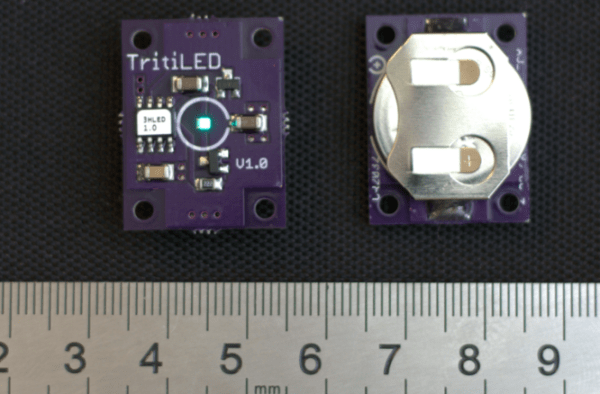

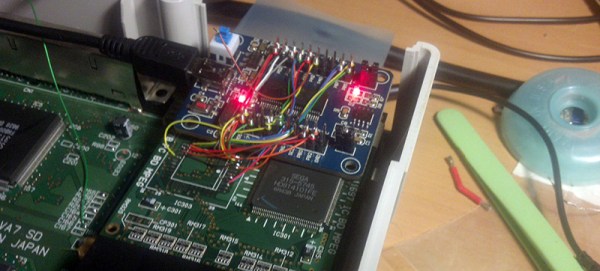
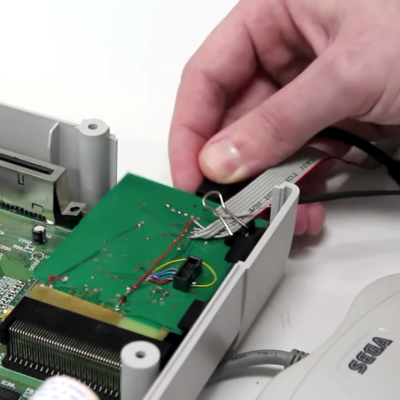 According to [jhl], the design of the Sega Saturn is tremendously complicated. There’s an entire chip dedicated to controlling the CD drive, and after some serious reverse engineering work, [jhl] had it pretty much figured out. The question then was how to load data onto the Saturn. For that. [jhl]
According to [jhl], the design of the Sega Saturn is tremendously complicated. There’s an entire chip dedicated to controlling the CD drive, and after some serious reverse engineering work, [jhl] had it pretty much figured out. The question then was how to load data onto the Saturn. For that. [jhl] 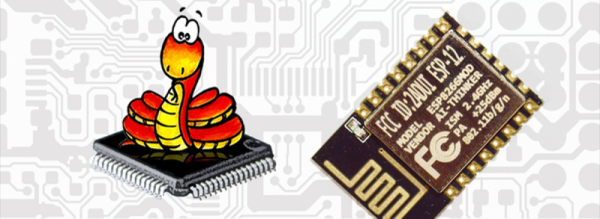
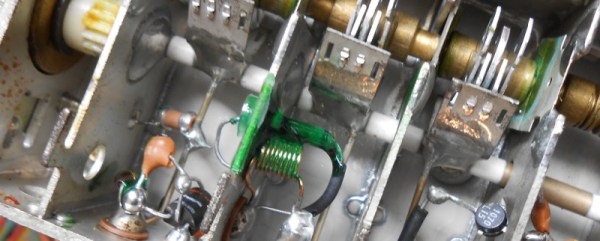

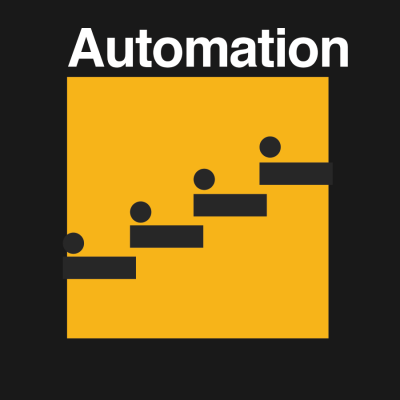 For instance, you can boil coffee in a pot but then you have to use some filtering technique to sequester the grounds. You can use a French press but that this hasn’t saved you much effort. So someone invented the percolator but you still must watch that you don’t burn your brew. From there we have espresso machines and drip brewers that both regulate how much water is used and at what temperature (in addition to keeping the grounds separate). And now we’re seeing single-unit machines like Nespresso and Keurig which make everything a one-step process, if you’re happy with the pods they sell you. I like to refill my own pods, which lets me choose my own grind. I’d love to see someone
For instance, you can boil coffee in a pot but then you have to use some filtering technique to sequester the grounds. You can use a French press but that this hasn’t saved you much effort. So someone invented the percolator but you still must watch that you don’t burn your brew. From there we have espresso machines and drip brewers that both regulate how much water is used and at what temperature (in addition to keeping the grounds separate). And now we’re seeing single-unit machines like Nespresso and Keurig which make everything a one-step process, if you’re happy with the pods they sell you. I like to refill my own pods, which lets me choose my own grind. I’d love to see someone 








